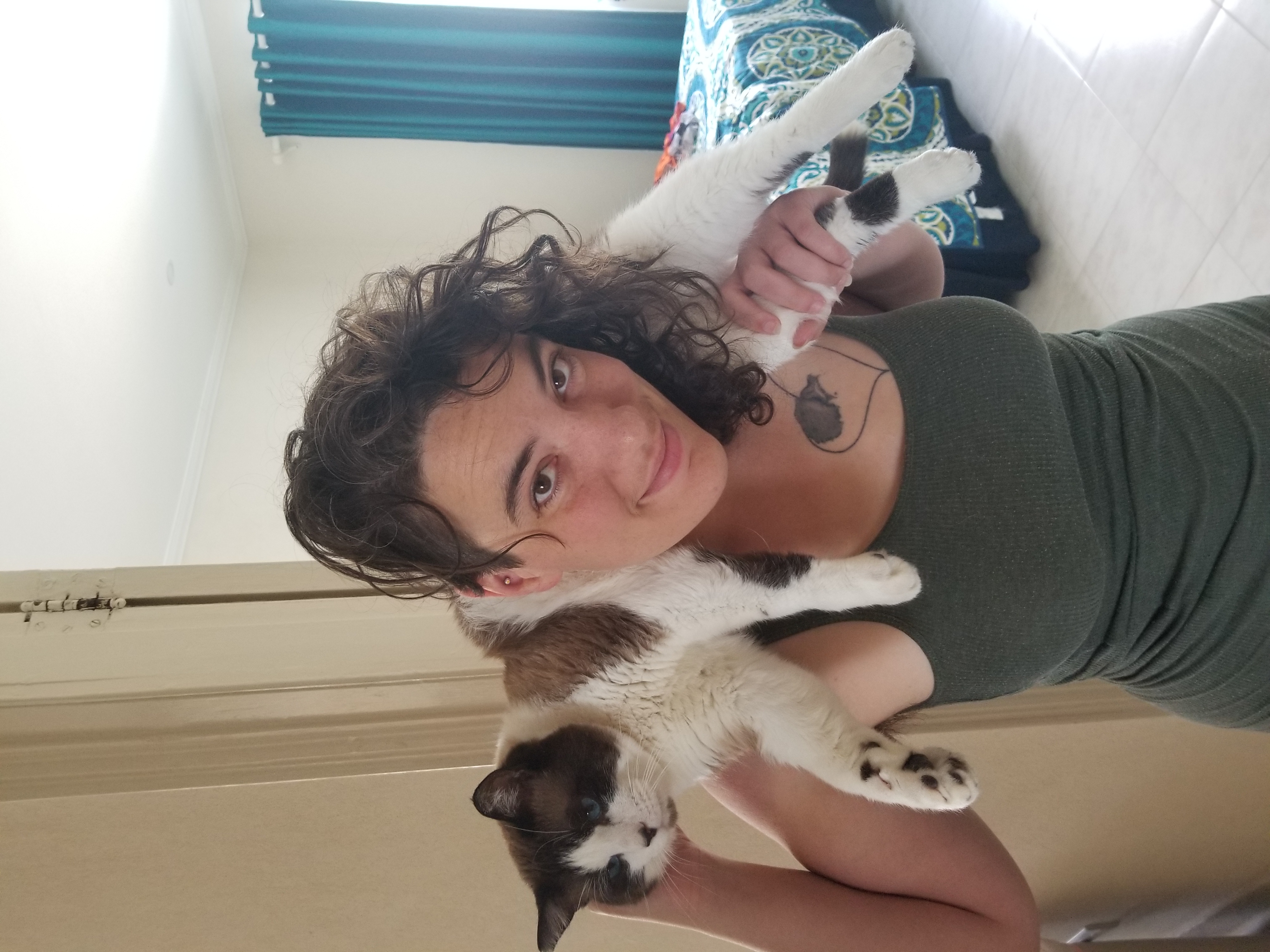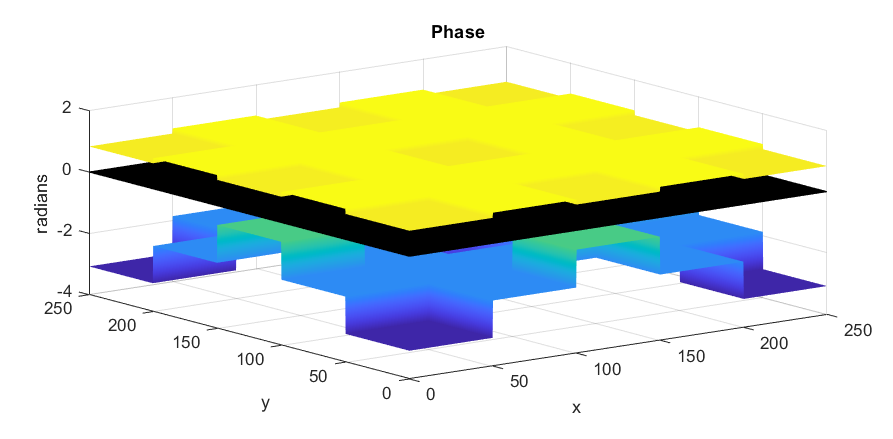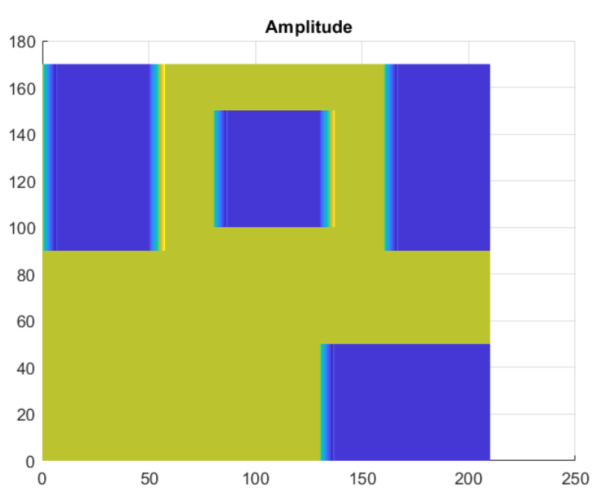A nine-week computational internship of three modules,
in Lawrence Berkeley Lab's Material Science and Engineering Department
Due to the pandemic, Lawrence Berkeley Lab allowed only a select few to enter the buildings. The material science division has done a summer internship for years and weren't interested in going on hiatus, but they had to be creative to adapt. Being virtual limited the type of activities we as interns could do, though it lent itself well to computational research. They decided to pass the interns between three different groups, so that we could try out a range of experiances, and not run out of things to do nor overly tax the energy of any one group. In my opinion they underestimated the amount of depth, quality of work, and enthusiasm we would attain. We could easily have spent a few more weeks on each module.

Mack Sowers
University of California, Berkeley
Materials Science and Engineering Department,
College of Engineering
Rising Senior
Graduate Date unknown due to reduced courseload
Expected graduation 2024?
Intended PhD student with interest in Materials Informatics and Environmentally aware design
Link to email and LinkedIn below
Mentor Info:
Ryan Miyakawa
Computational Material Science
Center for X-Ray Optics (CXRO) via Lawrence Berkeley National Laboratory (LBL)
https://cxro.lbl.gov/MET
https://www2.lbl.gov/msd/people/investigators/miyakawa_investigator.html
Project Description:
Utilize MatLab and mathematical modeling techniques to code experiments that allow me to research potential materials for use in Extreme UltraViolet (EUV) Lithography, in addition to associated ideal amount of material and ideal amount of resist chemicals, in order to create a clear image for nanoscale circuitry.


Mark Asta and Enze Chen
Computational Material Science
Mark and Enze work both out of LBL and University of California Berkeley (UCB). Mark leads the Asta Group.
https://www2.lbl.gov/msd/people/investigators/asta_investigator.html
https://enze-chen.github.io https://mse.berkeley.edu/people_new/asta/
Use machine learning and materials informatics to predict dielectric materials that would be appropriate for use in micro electronics, by training off the database from Materials Project, which computes material properties using Density Functional Theory.
Mentors:
Sinead Griffin, and her grad students.
About the Griffin Group:
“A multidisciplinary theory and computation group that solves the most fun materials challenges ranging from future technologies to high-energy physics.”
At LBL and UCB
Learn to use Density Functional Theory to calculate metrical properties, using the super computers at Lawrence Berkeley Lab (Lawrencium). Calculate the effect of hydrostatic pressure on perovskites crystal structure, in regards to band gap and electric polarization. Use bash and python to achieve goals.